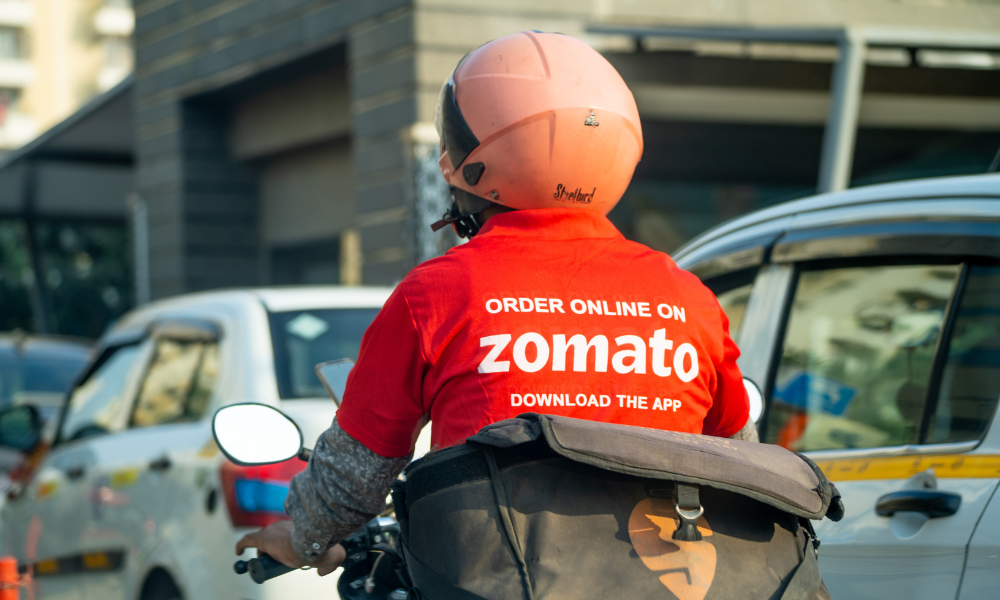What does Uber's court case loss mean for Australian workers?

The lawyer who successfully argued for two former Uber drivers in a UK workers’ rights case against the ride-sharing app said the decision by Britain’s Supreme Court will have major implications for Australia.
Sheryn Omeri, an Australian barrister who practises in the UK, predicted that legal action would soon test local laws in Australia. Omeri and her colleague, Jason Galbraith-Marten QC, represented former Uber drivers James Farrar and Yaseen Aslam in a case that found a group of drivers were entitled to benefits like minimum wage, holiday pay and whistleblower protections.
The case began in the London employment tribunal in 2016 and eventually reached the Supreme Court. Omeri told The Australian Financial Review that the ruling would have major reverberations in Australia’s gig economy because it was won on the basis of the ride-sharing company being able to exercise a level of control to meet the threshold for “worker” status in the UK.
“Essentially the decision of the Supreme Court in the UK has done half the work for Australian courts, because they’ve already assessed that the requirements that Uber places on its drivers amount to a sufficient degree of control to get you halfway to being an employee, which is where worker status is,” Omeri said. She pointed out that British courts were never asked to consider whether drivers qualified as “employees” – only whether they were workers.
“All that’s left for Australian courts to do is consider whether the requirement that it imposes on drivers in control of the drivers takes them as far as being employees,” Omeri said.
In December, Uber settled a case brought by Uber Eats worker Amita Gupta in Australia that could have resulted in a determination that its drivers or delivery riders were employees, meaning they would have been entitled to certain rights in Australia, AFR reported. Uber had twice won in the Fair Work Commission, but when the case was appealed to the full Federal Court, three judges overseeing it made several critical remarks that spurred the ride-sharing company to settle before a ruling could be made.
Australia only has “employee” and “independent contractor” status for people who work for companies, while the UK has “employee,” “contractor” and “worker” status. The UK case determined that Uber drivers were workers, who are entitled to certain employment rights – but not all the rights afforded to employees, AFR reported.
Omeri told the publication that the UK ruling relied on five major examples of control that Uber exercises over its drivers, including determining the price of rides without consulting drivers, the terms of the company’s contracts, and the Uber rating system constituting performance management that can determine whether the driver gets banned. Uber closely controls the relationship with customers, meaning drivers can’t market themselves. The app will also log drivers out if they reject three jobs in a row.
Latest News
Jamie Heywood, Uber’s regional manager for northern and eastern Europe, contended that the UK decision concerned only a small number of drivers who used its app in 2016.
“Since then we have made some significant changes to our business, guided by drivers every step of the way,” Heywood said in a statement. “These include giving even more control over how they earn and providing new protections like free insurance in case of sickness or injury. We are committed to doing more and will now consult with every active driver across the UK to understand the changes they want to see.”
Omeri dismissed the statement and said the ruling had major implications across the UK and in Australia.
“That’s not true on any level,” she told AFR. “When Uber says it only applies to a small group of drivers who were driving at the same time as Mr Aslam and Mr Farrar – they were driving in 2015 and 16 – but there were about 30,000 Uber drivers in the UK at that time. It’s not a small number at all, and they were all engaged on precisely the same terms. Uber doesn’t draft separate contracts, engaging every single driver on separate terms. That’s nonsense. So at the very least, even on Uber’s own argument in its response, it would apply to 30,000 drivers who were driving then. But actually, Uber is wrong about that. It has much wider ramifications than Uber suggest.”






